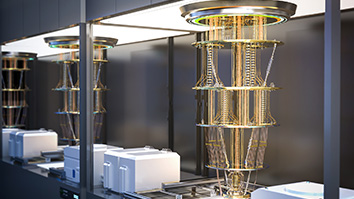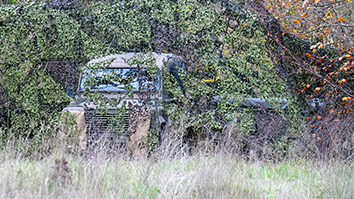Using machine learning to enable computer image sensors to sense, learn and adapt to capture actionable information.
CHALLENGE & GOAL
Sight is one of the six essential senses used by the human body. As technology continues to evolve, sight also is becoming essential to projects in the robotics, optics and computer vision spaces. Unfortunately, most image sensors only process information from a scene in a limited manner. Imagers today do not support capturing high dynamic range, high motion or high-resolution objects of interest locally across a scene.
SOLUTION & OUTCOME
In order to provide manufacturers with the ability to capture information in local regions of a single temporal scene, using different sensing parameters, researchers at SRI International developed the Smart Vision concept. This technology monitors the scene for local objects and events of interest. Once detected, the imagers in the system adjust their parameters in real-time with low latency to maximize image quality on individual local objects across the scene.
As robotics, artificial intelligence, and other forms of technology become more advanced, companies are seeing a significant increase in the need for computer vision technology. Unfortunately, many current imaging solutions only enable developers to capture visual information using a single frame-based configuration.
This isn’t ideal for many situations as images contain a wide range of conditions such as bright sunlight, deep shadows, high motion objects and high-resolution information (e.g. signs, plates). To effectively process all this information, developers need a way to locally identify and classify objects in real-time.
To help companies overcome these limitations, researchers at SRI developed Smart Vision technology. Using commercial off the shelf (COTS) processors and imagers, SRI researchers developed sematic reasoning and analysis algorithms to deliver feedback and control COTS imagers in real-time.
In addition to enhancing the image quality of important regions, Smart Vision can deemphasize the resolution or rate of non-salient regions to minimize overall data bandwidth requirements to share video.
Smart Vision is built on patented SRI technology such as the SRI Motion Adaptive Signal Integration (MASI), Image Fusion, Semantic Reasoning, Scene Understanding and Segmentation, low-latency image processing architectures, image/video enhancement and imager architecture design.
This has a variety of applications such as aerial surveillance, autonomous navigation systems, the space industry, defense equipment, and consumer electronics.



